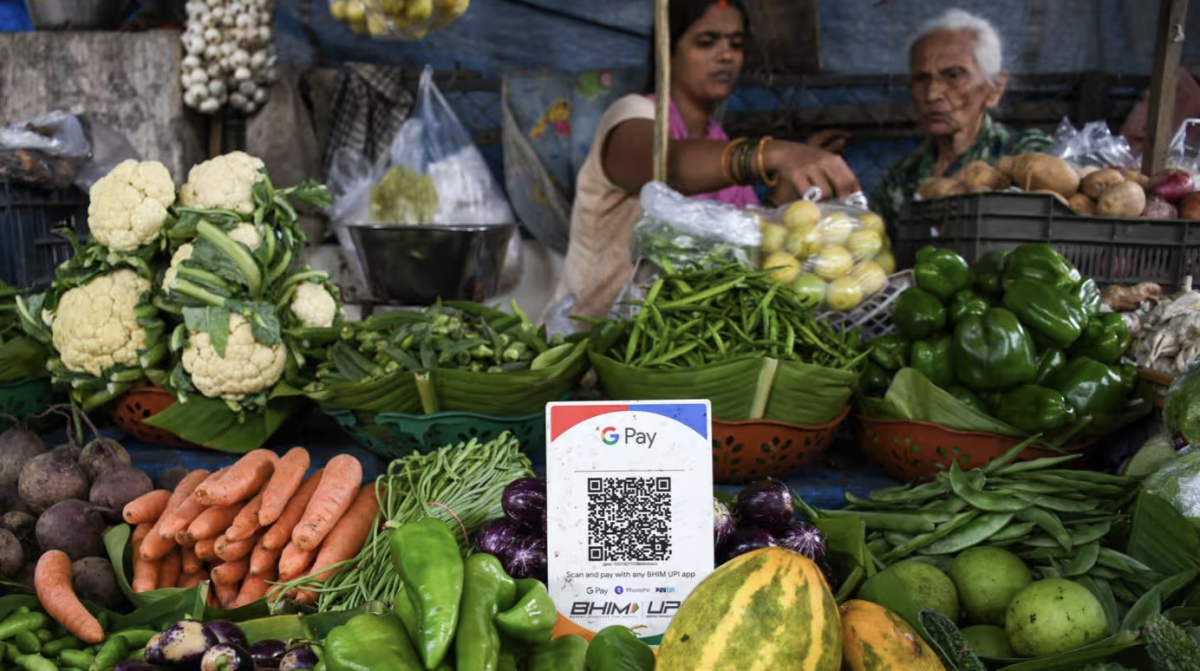

Recently returning to India as a Bitcoiner, I found myself frequently using UPI digital payments for daily expenses.
UPI (Unified Payments Interface) is India’s real-time bank-to-bank payment system that has become essential for payments via QR codes or phone numbers. It has made it possible for even small street vendors and shops to accept online payments.
With the challenges of receiving cash change and vendors needing to maintain card machines, UPI is often the sole payment method available.
I’ll admit; paying merchants through UPI apps is incredibly quick, cost-effective, and user-friendly compared to handling Bitcoin Lightning wallets, whether custodial or non-custodial. Transactions happen instantly and without fees, and the process is straightforward for everyone involved.

While I strongly advocate for censorship-resistant, private, and decentralized currencies, the convenience of UPI alongside Bitcoin is hard to overlook. UPI handles more than 14 billion transactions each month across over 450 banks without any fees.
In contrast, Bitcoin Lightning involves challenges like low liquidity, issues with channel balancing, and somewhat complex user experiences (though custodial wallets have made some improvements, albeit with trade-offs).
Of course, the privacy risks stemming from a nearly entirely digital system dominated by centralized third parties are concerning and feel dystopian. Yet, many Indians often prioritize convenience over privacy.
Thus, even as a Bitcoiner, I don’t foresee a significant number of Indians abandoning UPI for Bitcoin Lightning for everyday payments in the near future, except perhaps in Bitcoin circular economies. The incentive needs to be strong. And let’s face it – Lightning remains confusing for many Bitcoiners, let alone my uncle!
Perhaps in the future, issues regarding privacy or currency devaluation could push Indians towards Bitcoin payments. But for now, UPI holds too much momentum and benefits from a strong network effect.








